1.08.2024
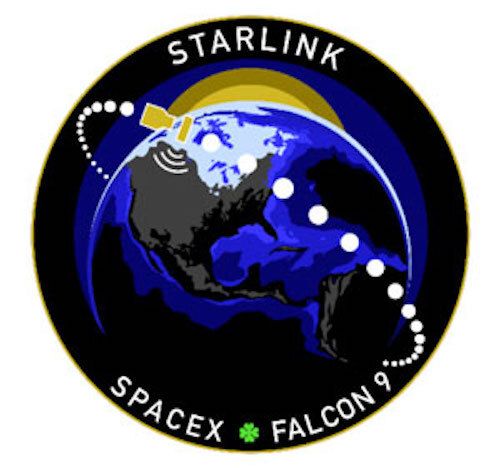
Lifting off into the night: SpaceX to launch another post-midnight rocket from Florida
The Space Coast is in for another overnight launch. Just after midnight on Friday morning, a Falcon 9 rocket will lift off with the latest batch of Starlink satellites.
While SpaceX has yet to confirm this mission, Geospatial Navigational and FAA warnings indicate a four-and-a-half launch window opening at 12:19 a.m. EDT from Cape Canaveral.
The mission, referred to as Starlink 10-6 by the FAA, will deliver the next batch of SpaceX Starlink internet satellites to orbit − which allow for customers to have internet connectivity in some of the most remote places on Earth. This also includes mobile internet service and boat internet service. According to the company's X account, multiple airlines currently utilize Starlink service.
Aiming for the orbital location of the Group 10 Starlink satellites, the launch will travel in a northeast trajectory.
Quelle: Florida Today
----
Update: 2.08.2024
.
On Friday, August 2 at 1:01 a.m. ET, Falcon 9 launched 23 Starlink satellites to low-Earth orbit from Launch Complex 39A (LC-39A) at Kennedy Space Center in Florida.
This was the 12th flight for the first stage booster supporting this mission, which previously launched Crew-6, O3b mPOWER, USSF-124, and eight Starlink missions.
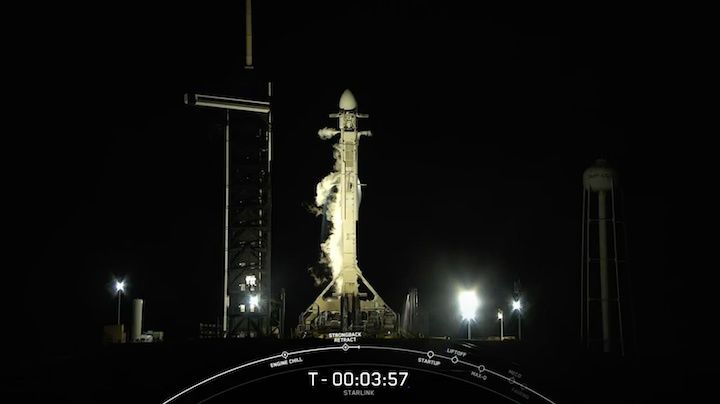
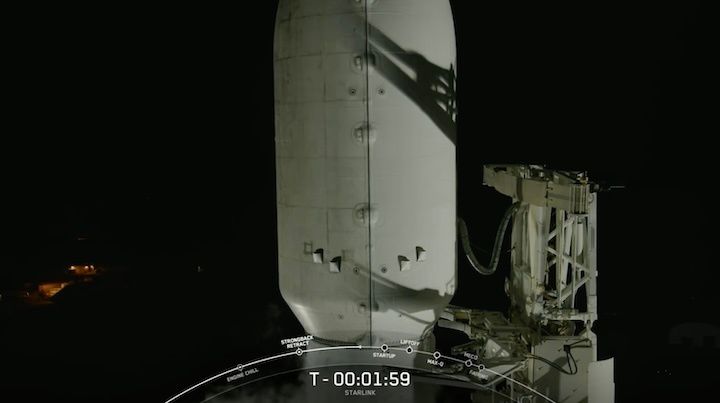

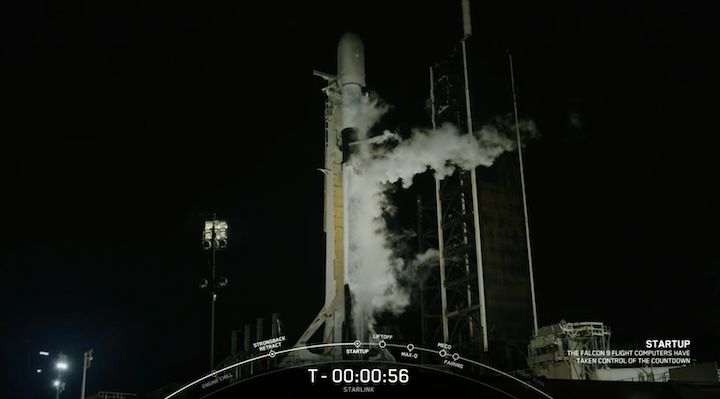
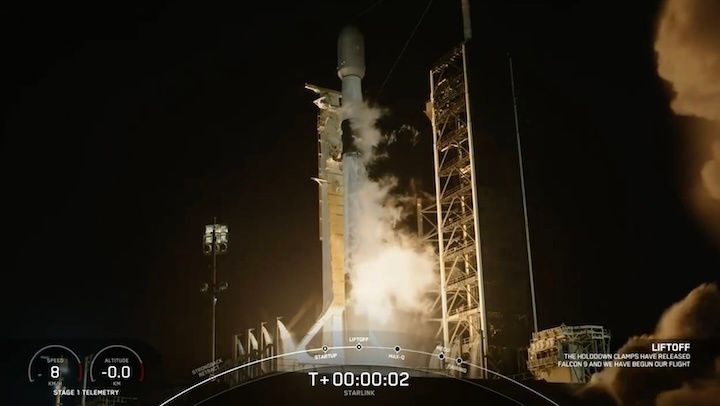
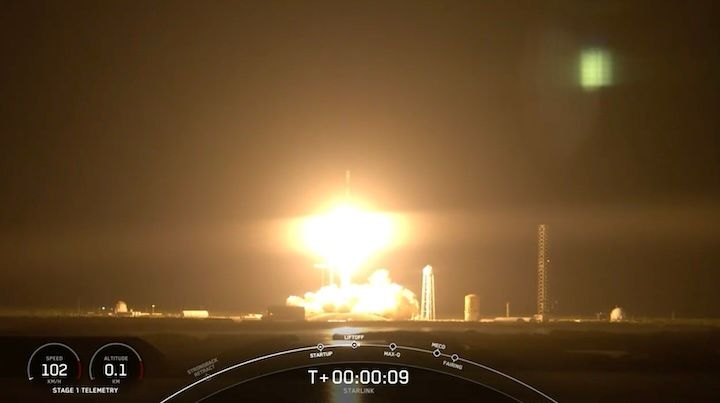
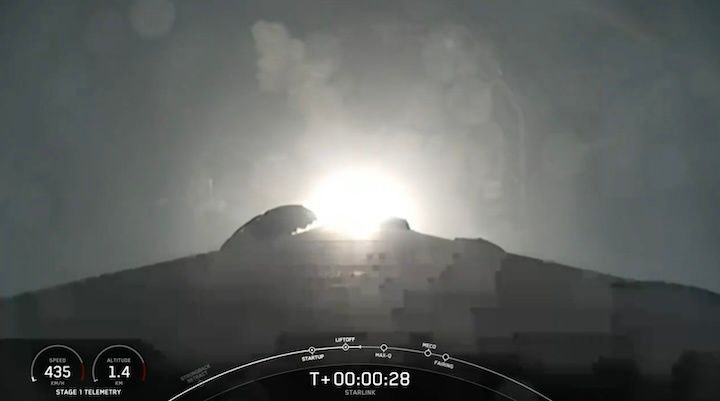
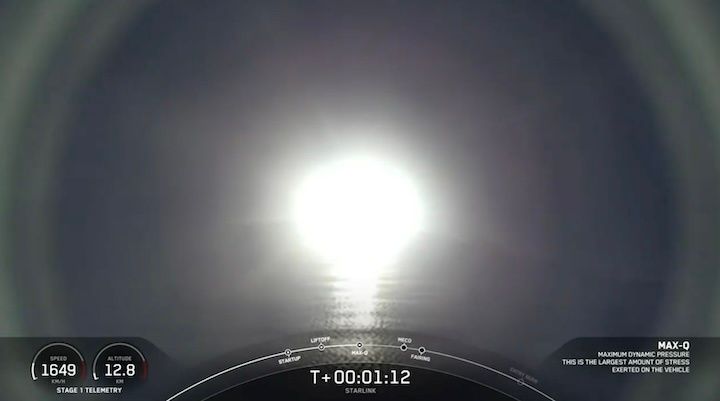
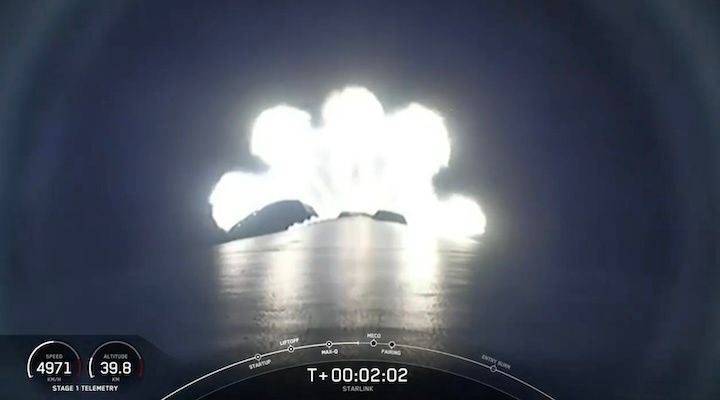
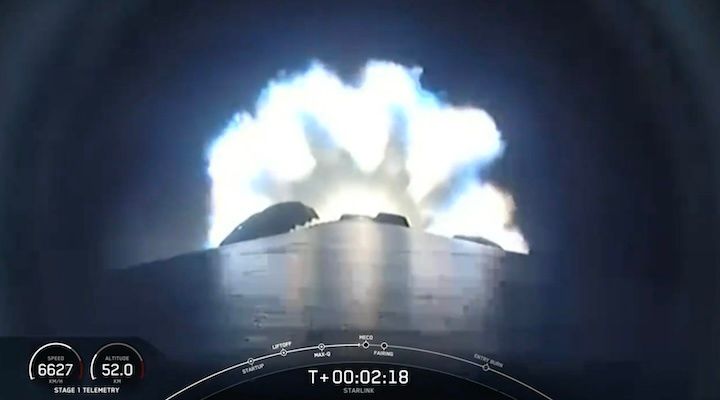
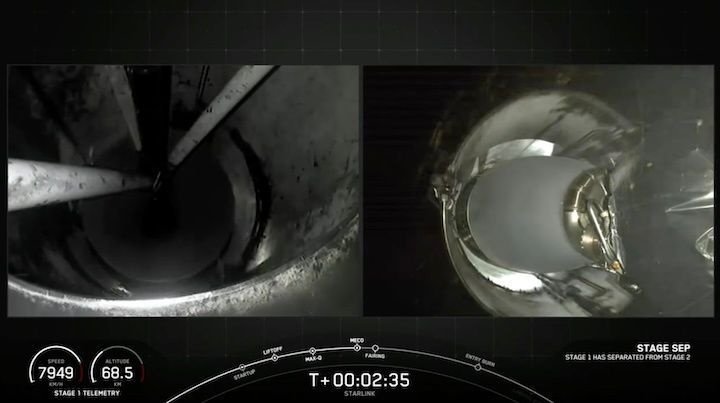
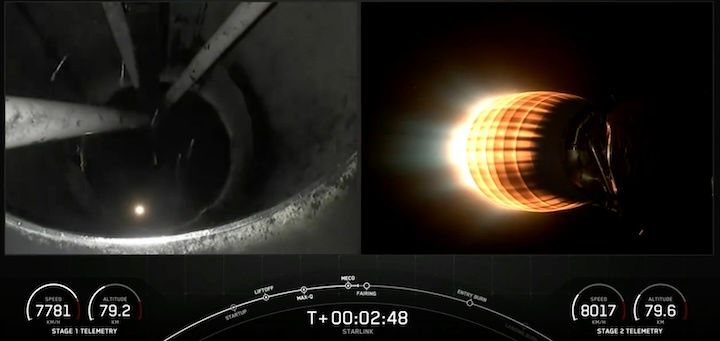
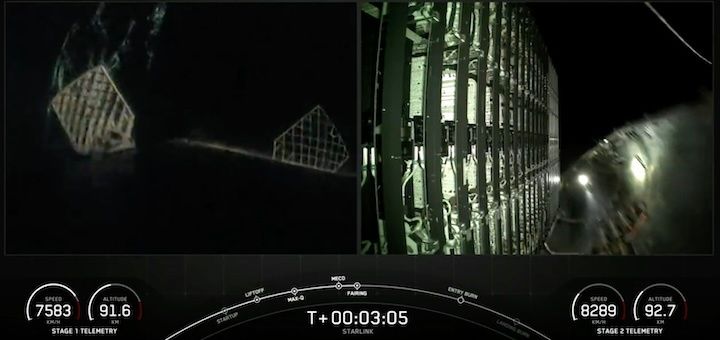
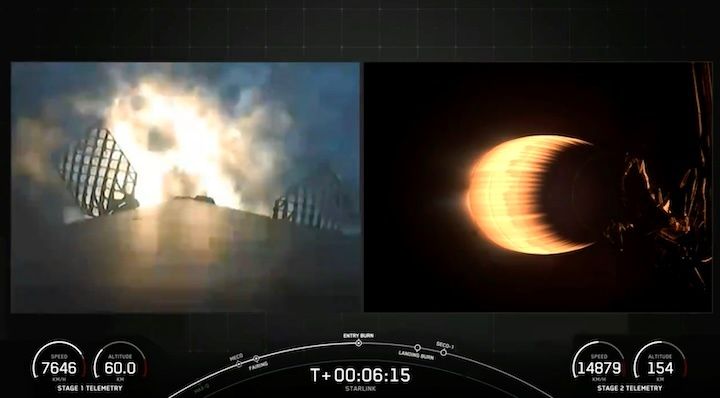
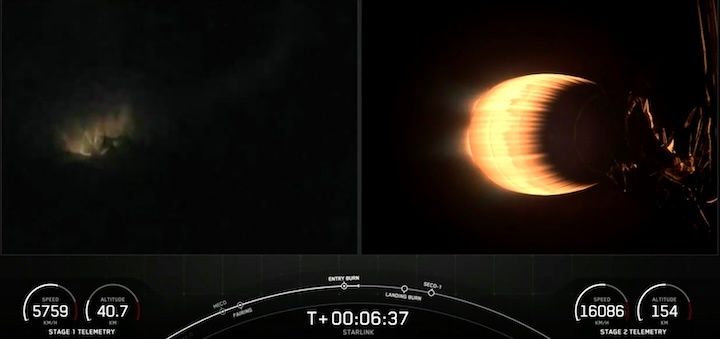
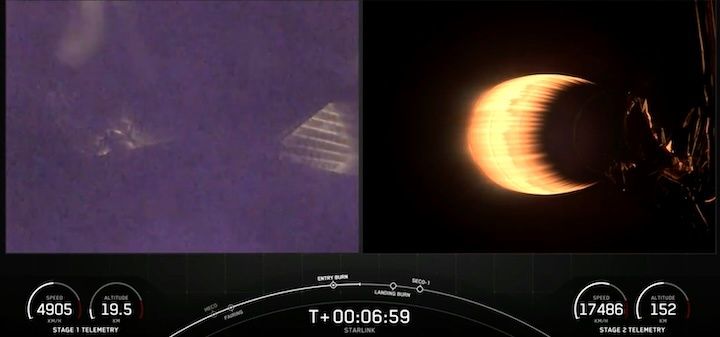

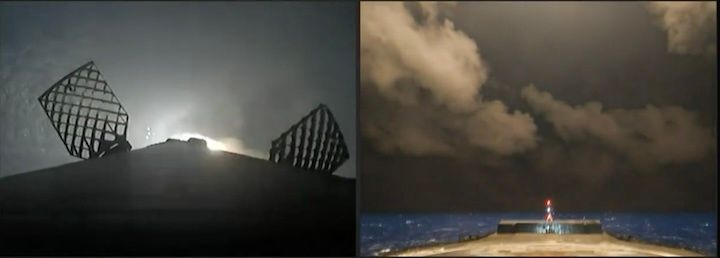
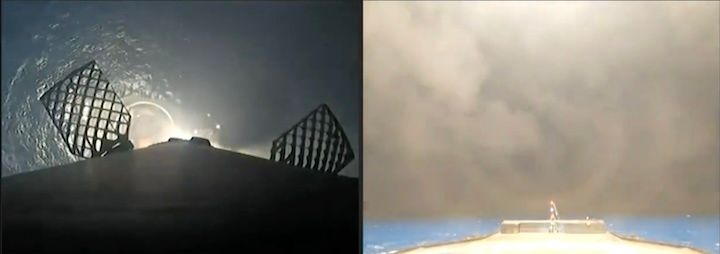
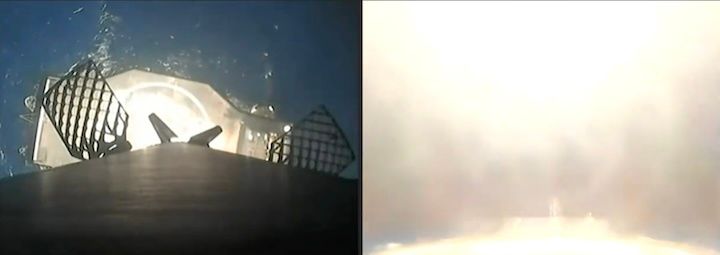
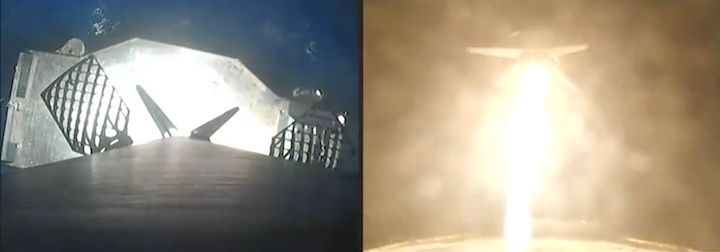
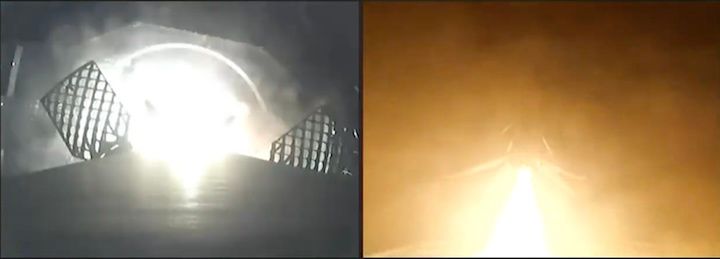
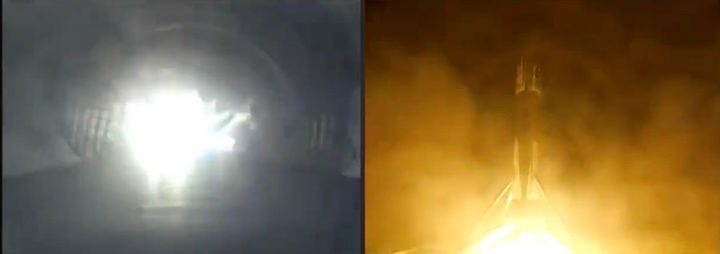
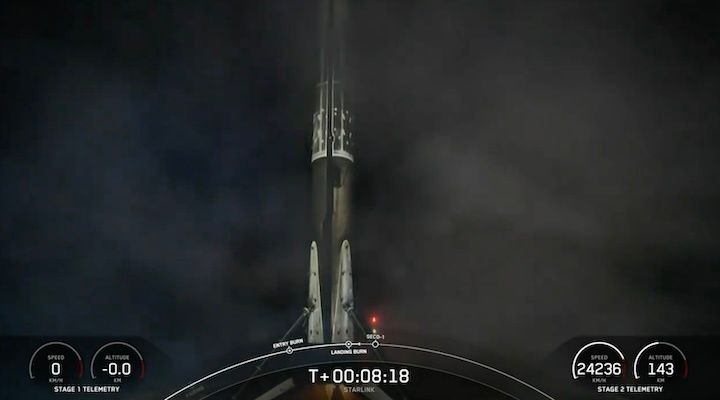
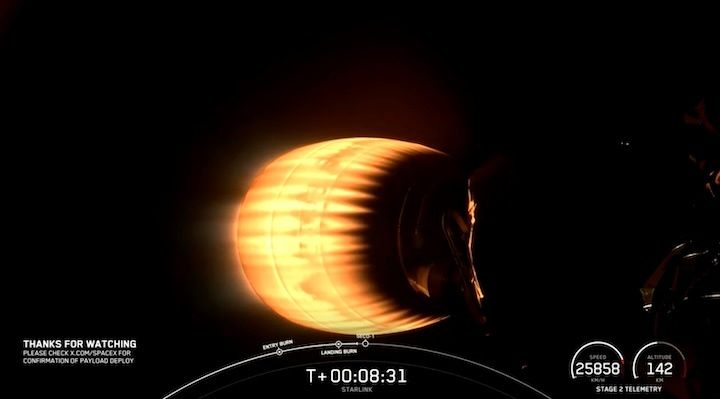
Quelle: SpaceX
